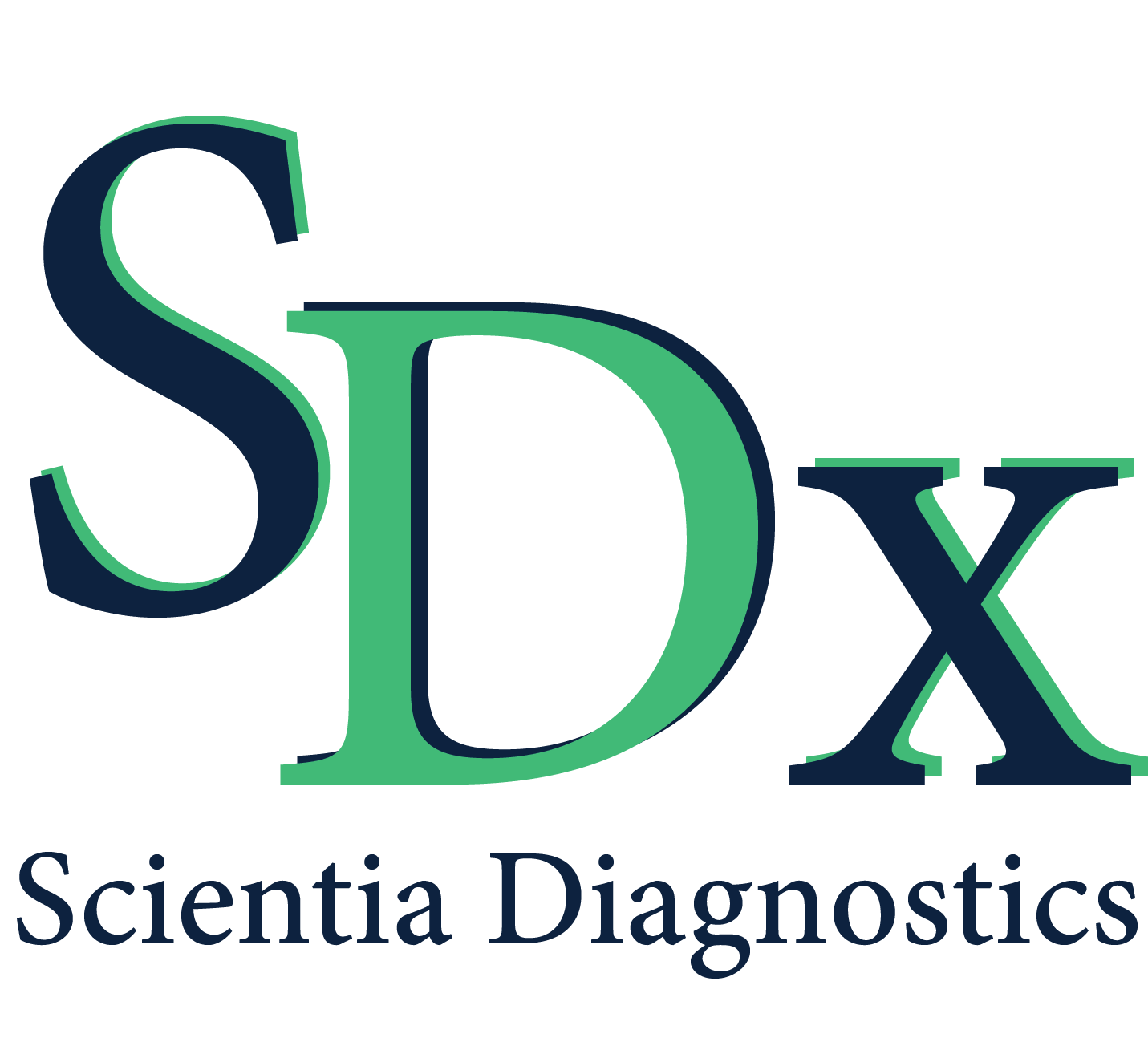Physician-directed definitive profile testing is reasonable and necessary when ordered for a particular patient. Definitive UDT orders should be individualized based on clinical history and risk assessment, and must be documented in the medical record.
Medical Necessity Guidance
Criteria to establish medical necessity for drug testing must be based on patient-specific elements identified during the clinical assessment, and documented by the clinician in the patient’s medical record and minimally include the following elements:
- Patient history, physical examination and previous laboratory findings
- Current treatment plan
- Prescribed medication(s)
- Risk assessment plan
COT Monitoring Testing
Ongoing testing may be medically reasonable and necessary based on the patient history, clinical assessment, including medication side effects or inefficacy, suspicious behaviors, self-escalation of dose, doctor-shopping, indications/symptoms of illegal drug use, evidence of diversion, or other clinician documented change in affect or behavioral pattern. The frequency of testing must be based on a complete clinical assessment of the individual’s risk potential for abuse and diversion using a validated risk assessment interview or questionnaire and should include the patient’s response to prescribed medications and the side effects of medications.
Why to Test
- Identify possible illicit drug or medication abuse, misuse or diversion
- Detect medications that may result in drug-drug interaction
- Reveal a patient’s use of multiple substances, both legal (prescribed and OTC medications) and illicit drugs
- Communicate with patients about individual treatment plans
- Support decisions about medication therapy
- Improve efficacy, safety and treatment
Whom to Test
- New patients you are considering prescribing a controlled substance
- Patients who are already receiving a controlled substance
- Patients who request a specific drug
- Patients who display aberrant behavior
- Patients in recovery
When to Test
- When meeting a patient for the first time
- When considering treatment with a controlled substance
- Any aberrant drug related behavior observed
- When there is a change in treatment
- As a component of treatment agreements

